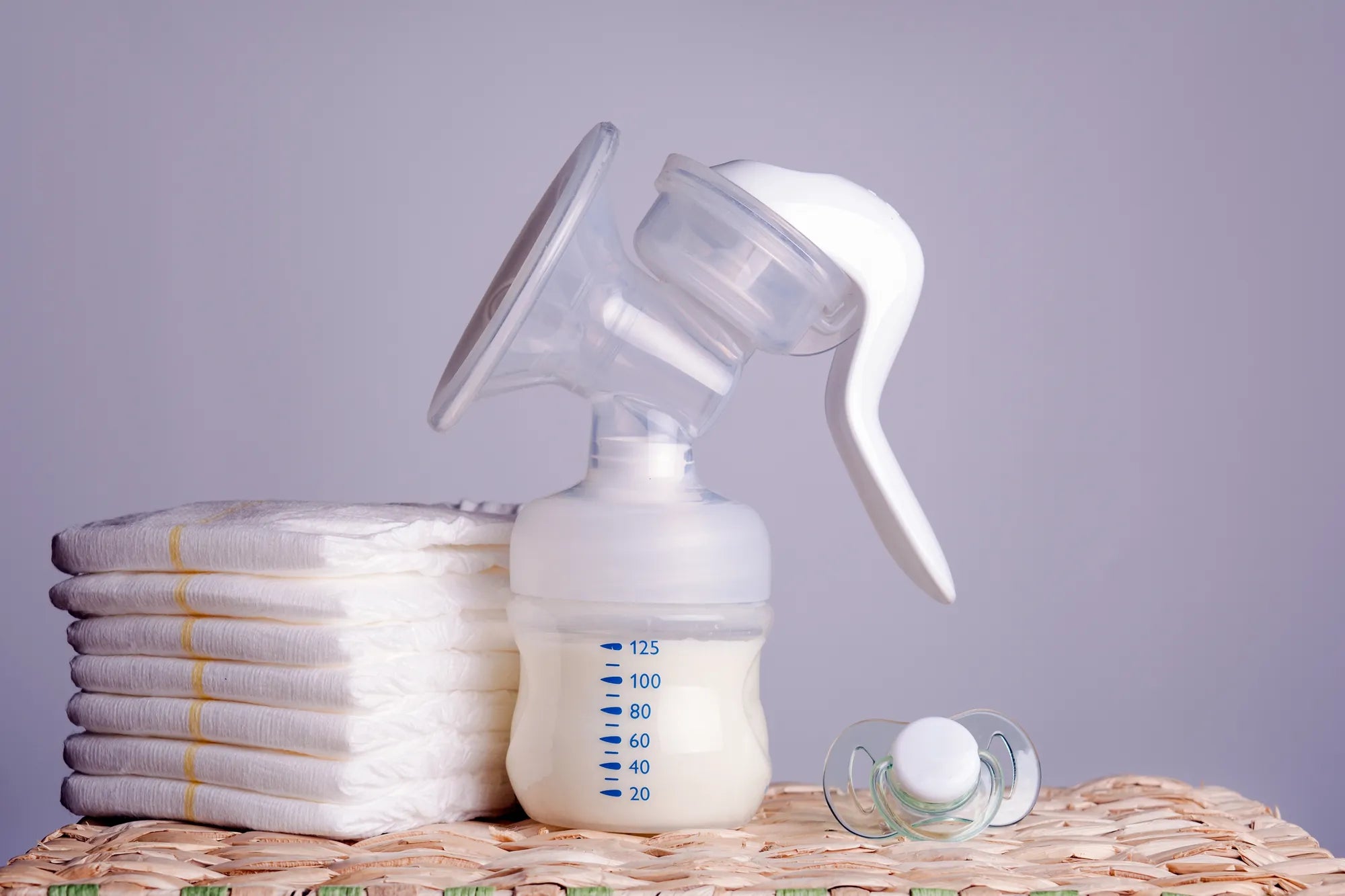Startseite
Pregnancy, Breastfeeding, and Pumping: The Ultimate Guide for Moms
Can You Pump When You Want to Stop Breastfeeding?

Can You Pump When You Want to Stop Breastfeeding?
Deciding to stop breastfeeding is a significant milestone for many mothers. Whether it’s due to personal choice, medical reasons, or lifestyle changes, the transition can bring up questions and concerns. One common question is: Can you pump when you want to stop breastfeeding? The answer is yes, but it’s important to approach this process thoughtfully to ensure both physical comfort and emotional well-being.
Understanding the Basics of Pumping While Weaning
Pumping while weaning can serve multiple purposes. It can help manage milk supply, relieve engorgement, and provide milk for your baby during the transition. However, the approach you take will depend on your goals and circumstances. Here’s what you need to know:
Why Pump During Weaning?
Pumping during the weaning process can be beneficial for several reasons:
- Relief from Engorgement: As you reduce breastfeeding sessions, your breasts may become engorged. Pumping can provide relief and prevent discomfort.
- Gradual Weaning: Pumping allows you to gradually reduce milk supply, which can be easier on your body than abrupt weaning.
- Providing Milk: If you’re transitioning to bottle feeding, pumping ensures your baby still receives breast milk during the process.
How to Pump When Weaning
If you decide to pump while weaning, follow these steps to make the process smoother:
- Start Slowly: Begin by reducing the number of breastfeeding sessions and replacing them with pumping sessions. This helps your body adjust gradually.
- Shorten Pumping Sessions: Over time, reduce the duration of each pumping session to signal your body to produce less milk.
- Space Out Sessions: Increase the time between pumping sessions to further decrease milk supply.
- Listen to Your Body: If you experience discomfort or engorgement, pump just enough to relieve pressure without stimulating more milk production.
Managing Milk Supply During Weaning
One of the biggest challenges when stopping breastfeeding is managing milk supply. Here’s how to do it effectively:
Gradual Reduction
Gradually reducing milk supply is often the most comfortable approach. Here’s how to do it:
- Drop One Feeding at a Time: Start by eliminating one breastfeeding or pumping session every few days.
- Monitor Your Body: Pay attention to how your body responds and adjust the pace as needed.
- Use Cold Compresses: Applying cold compresses can help reduce swelling and discomfort.
Abrupt Weaning
In some cases, abrupt weaning may be necessary. If this is your situation, consider the following:
- Pump for Comfort: Pump only enough to relieve engorgement, avoiding full emptying of the breasts.
- Wear a Supportive Bra: A well-fitted bra can provide support and reduce discomfort.
- Stay Hydrated: Drink plenty of fluids, but avoid overhydration, which can stimulate milk production.
Emotional Considerations When Stopping Breastfeeding
Stopping breastfeeding is not just a physical process; it can also be emotionally challenging. Here’s how to navigate this aspect:
Recognize Your Feelings
It’s normal to feel a mix of emotions when stopping breastfeeding. You may feel relief, sadness, or even guilt. Acknowledge these feelings and give yourself grace during this transition.
Seek Support
Don’t hesitate to reach out for support from loved ones, lactation consultants, or support groups. Sharing your experiences can help you process your emotions and feel less alone.
Focus on the Positives
Remind yourself of the reasons for stopping breastfeeding and focus on the positive aspects of this new phase. Celebrate the bond you’ve built with your baby and look forward to new ways to nurture them.
Practical Tips for Pumping While Weaning
Here are some practical tips to make pumping while weaning easier and more comfortable:
Create a Pumping Schedule
Establishing a pumping schedule can help you stay consistent and avoid over-pumping. Start with fewer sessions and gradually reduce them as your milk supply decreases.
Use the Right Equipment
Ensure you have a comfortable and efficient pump. Proper equipment can make the process more manageable and less time-consuming.
Store Milk Safely
If you’re pumping to provide milk for your baby, make sure to store it safely. Follow guidelines for refrigeration and freezing to maintain the quality of the milk.
When to Seek Professional Help
While many mothers can manage the weaning process on their own, there are times when professional help may be needed. Here’s when to consider reaching out:
Persistent Discomfort
If you experience persistent discomfort, engorgement, or pain, consult a lactation consultant or healthcare provider. They can offer guidance and support.
Mastitis or Clogged Ducts
If you develop symptoms of mastitis or clogged ducts, such as fever, redness, or severe pain, seek medical attention promptly.
Emotional Struggles
If you’re struggling emotionally during the weaning process, consider speaking with a counselor or therapist. They can help you navigate your feelings and develop coping strategies.
Stopping breastfeeding is a personal journey that looks different for every mother. By understanding your options and taking a thoughtful approach, you can make the transition smoother for both you and your baby. Remember, it’s okay to seek help and prioritize your well-being during this time.
Teilen

